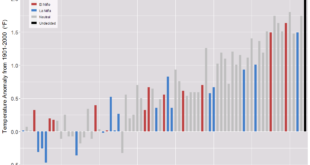 The article in Isthmus No contest – Dems sweep statewide offices in midterms but remain underrepresented in Assembly by Dylan Brogan (11/15/18) presents the graphic copied here. In short the dems won all races in terms of the popular vote but control only 36 of the 99 seats in the assembly.
The article in Isthmus No contest – Dems sweep statewide offices in midterms but remain underrepresented in Assembly by Dylan Brogan (11/15/18) presents the graphic copied here. In short the dems won all races in terms of the popular vote but control only 36 of the 99 seats in the assembly.
“The biggest obstacle remains gerrymandering. There are only a handful of districts that are remotely competitive. That’s why a district court ruled the [legislative] maps unconstitutional and why we still have a case before that court,” says Hintz, referring to Gill v. Whitford which the U.S. Supreme Court sent back to the lower federal court for reargument. “Gerrymandering doesn’t just have an impact on the outcome. It has an impact on being able to recruit candidates. There aren’t a lot of people willing to run when they know they don’t have a shot.”
Three sources to learn more about the mathematics of gerrymandering: The Math Behind Gerrymandering and Wasted Votes by Patrick Honner (10/12/17), Countermanding Gerrymandering with a short podcast with Moon Duchin, and Detecting Gerrymandering with Mathematics by Lakshmi Chandrasekaran (8/2/18) .
Our recent post How do you tell a story with data and maps – Beto vs Cruz? (11/15/18) notes how to obtain election data. The chart made here for WI can be done for other states as a stats project.
